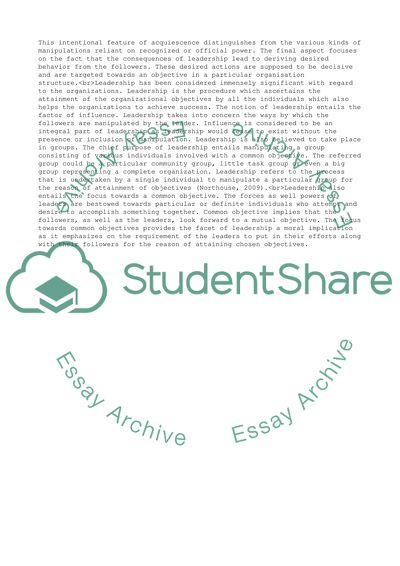Cite this document
(“Effective Leadership Within an Organisational Context Essay - 1”, n.d.)
Effective Leadership Within an Organisational Context Essay - 1. Retrieved from https://studentshare.org/management/1442326-drawing-on-examples-of-named-leaders-and-the-key-theories-models-from-the-module-answer-the-question-what-is-effective-leadership-within-an-organisational-context
Effective Leadership Within an Organisational Context Essay - 1. Retrieved from https://studentshare.org/management/1442326-drawing-on-examples-of-named-leaders-and-the-key-theories-models-from-the-module-answer-the-question-what-is-effective-leadership-within-an-organisational-context
(Effective Leadership Within an Organisational Context Essay - 1)
Effective Leadership Within an Organisational Context Essay - 1. https://studentshare.org/management/1442326-drawing-on-examples-of-named-leaders-and-the-key-theories-models-from-the-module-answer-the-question-what-is-effective-leadership-within-an-organisational-context.
Effective Leadership Within an Organisational Context Essay - 1. https://studentshare.org/management/1442326-drawing-on-examples-of-named-leaders-and-the-key-theories-models-from-the-module-answer-the-question-what-is-effective-leadership-within-an-organisational-context.
“Effective Leadership Within an Organisational Context Essay - 1”, n.d. https://studentshare.org/management/1442326-drawing-on-examples-of-named-leaders-and-the-key-theories-models-from-the-module-answer-the-question-what-is-effective-leadership-within-an-organisational-context.


